Annapurna Circuit Trek Highlights (2026/27 Guide)
Annapurna Circuit Trekking is packed with highlights that draw adventurers back time and again, weaving together experiences that stay with you long after the trail ends.
DiverseLandscapes
It starts in the lush, green forests of the Marsyangdi Valley, where terraced fields roll out and villages sit quietly along the path. I remember the steady hum of the river nearby. As you climb, it changes—the air gets thin, and you’re in a high, dry desert that feels vast and untouched, much like the Tibetan plateau. The shift is striking, almost humbling.
Cultural Immersion
You’ll meet people who make the trek special. The Gurungs greet you with a warmth that cuts through the day’s fatigue, and the Thakalis share food and ways of life that feel rooted in these hills. In Manang, the Manangi people live surrounded by their Tibetan traditions—stone walls and prayer flags everywhere. That extra day in Manang isn’t just for resting; it’s a chance to walk the village, see it for yourself, and let your body adjust.
Stunning Mountain Views
The Annapurna range fills the sky with snow and ice, a sight that stops you in your tracks. Dhaulagiri, one of the world’s tallest, and Machhapuchhre, with its fishtail peak, stand out against the horizon. At Thorong La Pass, you get a full circle of mountains around you—raw and unforgettable.
Thorong La Pass
One of the most rewarding part of the journey is Thorong La Pass. Crossing this pass is no joke—it’s a hard work, but when you hit the top, that is a significant milestone, not just for the physical achievement but also for the sense of accomplishment it brings. The pass, at 5,416 meters, is the highest point of the trek and marks the transition from the Manang district to the Mustang region.
Muktinath Temple
Muktinath Temple stands as a symbol of peace, making the hard trekking worthwhile. It’s sacred to Hindus and Buddhists, with old statues and springs that trickle softly. I found it a good spot to sit, breathe, and let the trek settle in my thoughts. You can also join Jomsom Muktinath Trek.
Overview of Annapurna Circuit Trek (2026/2027)
Annapurna Circuit Trek is one of Nepal’s most well-known trekking adventures in Nepal, offering breathtaking landscapes, diverse cultures, and exciting exposures to high-altitude trekking. The 13-day Annapurna Circuit Trek Package is considered for an immersive experience through the region of Annapurna, which offers complete exposure to beautiful Himalayan views, diversified charming villages, and dramatic landscapes.
One of the most special places you will visit is the Manang Valley. Manang is a lovely village surrounded by tall mountains. It is a great place to stop, rest, and enjoy the beauty around you. Here, you can also see how the local people live, learn about their traditions, and enjoy their warm hospitality.
The journey of Annapurna Circuit begins from Besisahar and follows a classical trekking route through thick green forests, terraced fields, and the Marsyangdi River valley. While travelling, you also pass through traditional Gurung and Thakali villages, experiencing their rich culture and hospitality. This trek reaches its highest point at Thorong La Pass (5,416m) which is one of the most thrilling trek experiences in Nepal with panoramic views of the Annapurna and Dhaulagiri ranges.
One of the trek highlights is a visit to Muktinath Temple, which is sacred to both Hindus and Buddhists. The trek also passes through the beautiful Kali Gandaki Gorge, the deepest gorge in the world and the most see-spot, on the way you will see natural hot springs at Tatopani, and the magnificent mountain views from Poon Hill. If you’re up for more, some adventurers extend their journey by adding the Annapurna Base Camp (ABC) Trek. However, this addition typically requires an extra days beyond the standard 13-day itinerary, making it a longer but enriching adventure.
Our 13 Days Annapurna Circuit Trekking Package also includes a detailed Annapurna Circuit Trek Map, which leads trekkers through the trails efficiently. We also offer detailed cost information, including permits, accommodation, food, and transportation.
Whether you are an experienced trekker or beginner looking for a lifelong trekking experience in Nepal, this 13 Days itinerary guarantees a well-planned and enjoyable trip.
Key Features:
- Duration: 13 days, including travel days
- Start Point: Kathmandu / Pokhara
- End Point: Kathmandu / Pokhara
- Max Altitude: 5,416 meters (Thorong La Pass)
- Difficulty Level: Moderate to challenging, due to the high pass and terrain
- Best Time: Spring (March to May) and Autumn (September to November)
It’s a chance to breathe in the crisp air, and chat with villagers who’ve lived here forever. Beyond the landscapes, it’s more about the people you meet and the views that stay with you long after you’re home and make it special.
Who Can Do the Annapurna Circuit Trek?
Annapurna Circuit Trek, also referred as “Annapurna Round Trek” is suitable for people with good physical health and some trekking experience. The trekkers should be comfortable with 5-7 hours of walking per day on uneven ground with steep ups and downs. Beginners can do the trek but having some trekking experience with long-distance treks or high-altitude treks is an advantage.
Good health is essential, as the trek goes to altitudes above 5,416m (17,700ft) at Thorong La Pass. There should be no serious medical ailments among trekkers that will be worsened by high altitude. Acclimatization, careful pacing, and sound physical condition will guarantee a successful and satisfying trek.
Annapurna Circuit Trek for Kids 2026/2027
The Annapurna Circuit Trek can be suitable for children, but it depends on their age, fitness, and experience with hiking. For families with kids, shorter daily walking distances and plenty of rest days are essential. Children who are used to outdoor activities and have some trekking experience can enjoy the trek, experiencing the mountains, rivers, and cultural villages along the way.
However, the highest point, Thorong La Pass (5,416m), involves high-altitude conditions, which may not be safe for younger children. Many families choose to trek only the lower sections of the Annapurna Circuit or extend the number of days to make the journey more manageable and enjoyable for kids while still experiencing the beauty of the Himalaya
Annapurna Circuit Trekking Experience: What to Expect on the Trail Manaslu Trek Cost & Group Pricing for 2026/2027
Trekking in Annapurna Region is not only a simple long walk—it's an adventure that immerses you in the unbridled beauty of the Himalayas and the vibrant culture of Nepal. Whether you are an experienced trekker or just a beginner explorer, this trekking leaves an unforgettable memory. Walking through diverse terrain, wealthy green valleys to the challenging high-altitude terrain of Thorong La Pass (5,416m)—you get breathtaking sights of the Annapurna and Dhaulagiri ranges with lots of opportunities for meeting other travelers and warm locals en route.
We are committed to turning your Annapurna Circuit Trekking trip into an unforgettable experience. With a carefully planned itinerary, expert guides and stress-free logistics, you'll be able to give yourself fully to the trek without any concern. From comfort lodgings to cultural immersion, we strive to ensure every moment of your trek is enriching, safe, and full of wonderful memories.
Preparation before Annapurna Circuit Trek
Getting ready for the 13 days Annapurna Circuit Adventure takes some work, but it’s worth it to make the trip go smoothly. Here’s what helped me prepare, step by step.
Physical Fitness: Keep up with regular cardio and strength exercises to get your body strong—things like hiking, running, or biking.
Acclimatization: Hang out in Pokhara or Kathmandu for a couple of days before starting. It gives your body a chance to get used to the air and altitude.
Permits: The Annapurna Conservation Area Permit (ACAP) and the Trekking Information Management System (TIMS) card are the two permits needed. Trekking agencies will be a big help otherwise, you can sort it out at the Nepal Tourism Board in Kathmandu or Pokhara.
Insurance: Comprehensive travel insurance is required for high-altitude trekking and emergencies.
13-Day Annapurna Circuit Trek Cost (2026/2027): Seasonal Prices & Group Discounts
The cost of 13 days Annapurna Circuit Package varies with seasons.
During the best trekking seasons. (Spring: March-May & Autumn: September-November), the cost depends on the group size:
- Solo Trekker: $995 per person
- 2 People: $950 per person
- 3 People: $930 per person
- 4 People: $900 per person
- 5 People: $890 per person
- Group (6-10 People): $860 per person
Larger groups enjoy best prices as costs are shared among trekkers.
Discounted Cost for Offseason
Trekking the Annapurna Circuit during off-season is a best choice for having a budget-friendly experience with less tourist population. When you trek during this time, you get a 15% discount on the price of best trekking seasons. This means:
- A solo trekker pays $845 instead of $995
- A group of 6-10 people pays $730 instead of $860
The off-season is winter (December-February) and monsoon (June-August). Winter is when you can see clear mountain views and experience a white life, and monsoon offers green landscapes and less crowds. If you are ready for the weather, trekking in the Annapurna region during off-season can be a great experience!
What is included and excluded in the 13 Days Annapurna Circuit Package?
The trekking expense includes permits, lodging, food, transportation, guide, and porter charges. All the fundamental costs are fixed, and you can enjoy the journey without worrying about any extra charges during the trip.
A porter has already been included in the package. But if you do not need a porter, the total expense will be decreased proportionally.
Note: Personal expenses like snacks, drinks, and travel insurance are not included, so you’ll need to plan for those separately.

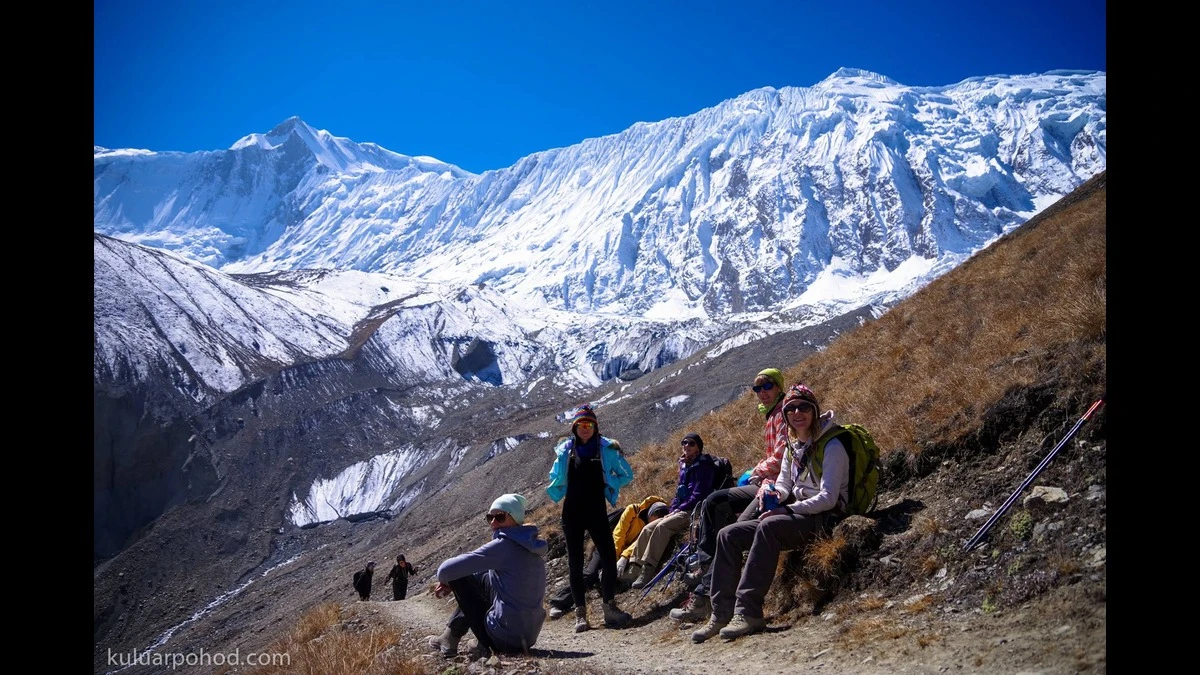

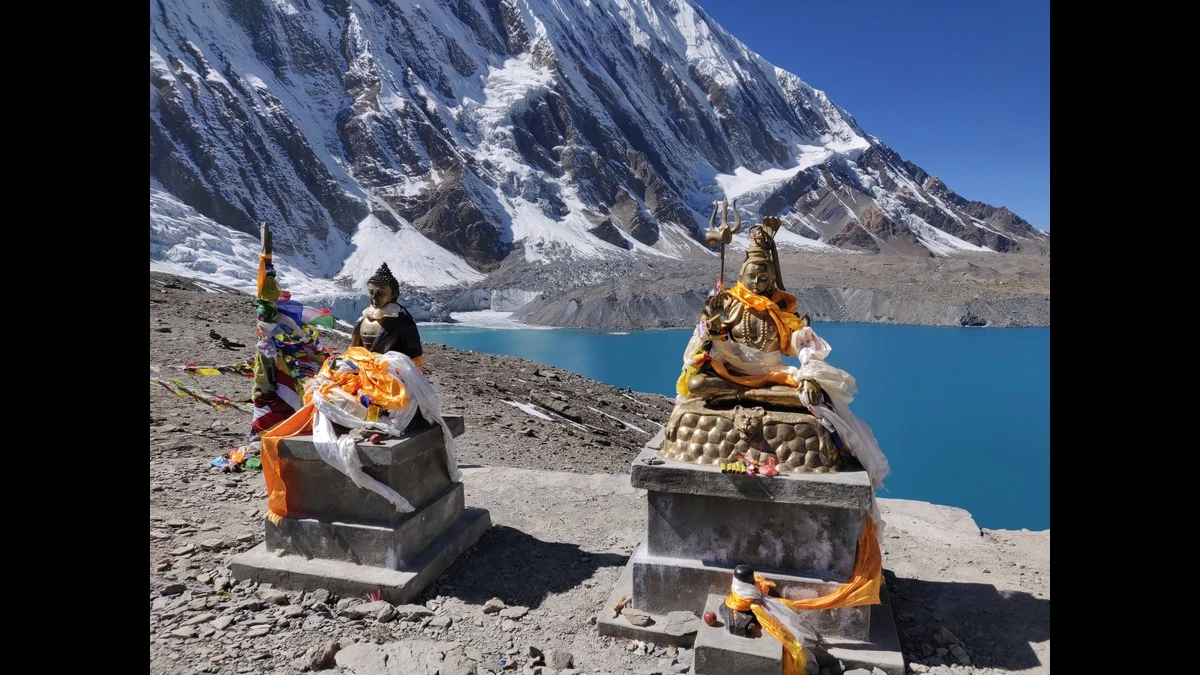
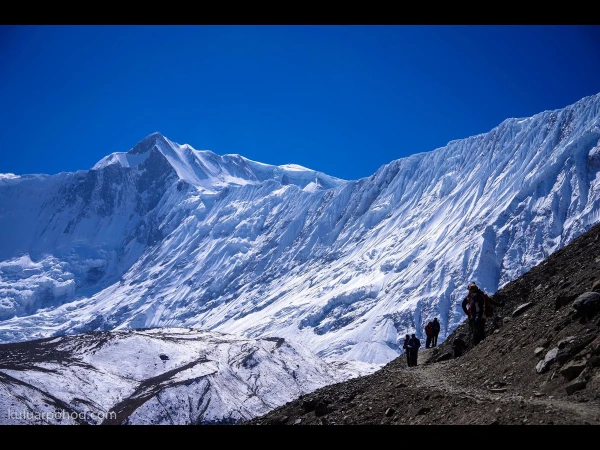
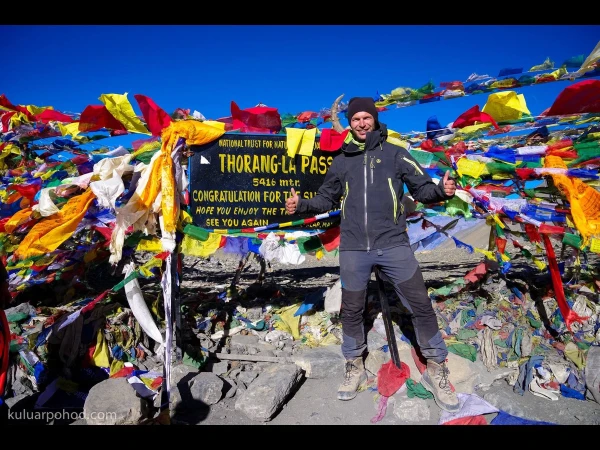
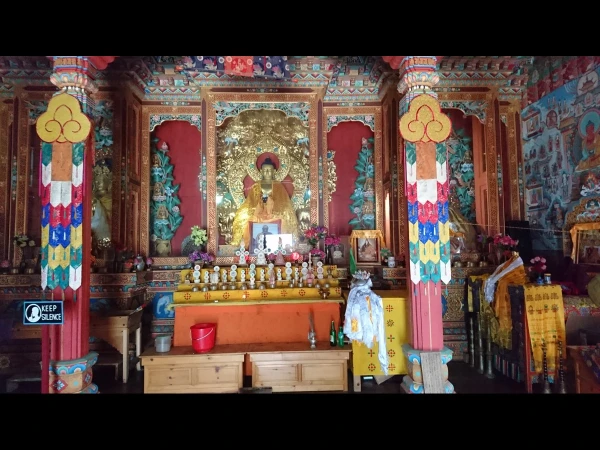
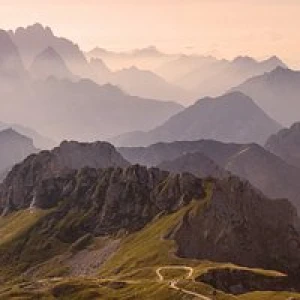
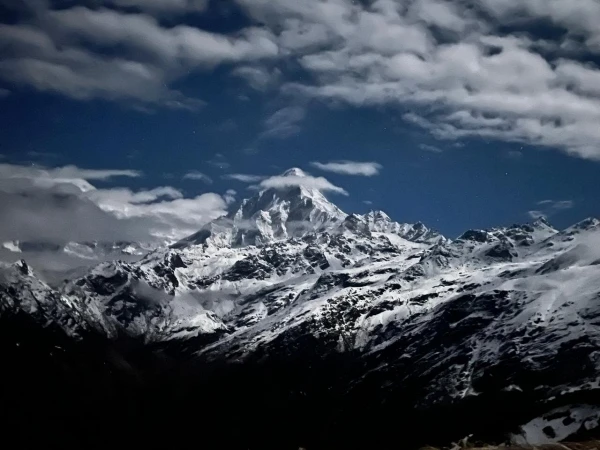
.webp)
